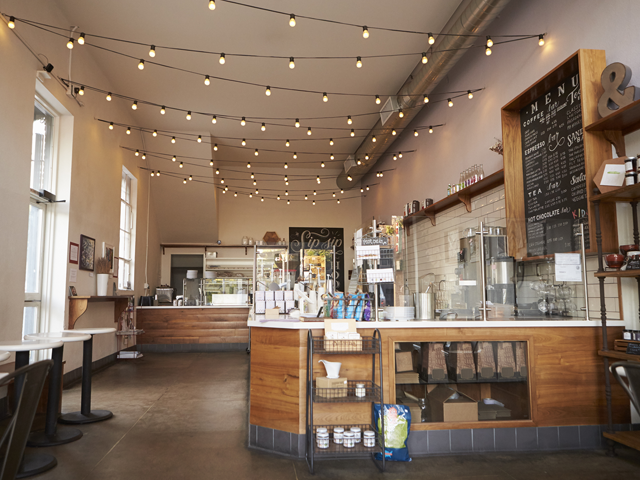
Following advice from the UK Government during the COVID-19 pandemic, many companies have temporarily shut down their premises. When buildings are left unoccupied it can increase the risk of theft, criminal damage, electrical fires or escape of water, and insurers will specify certain requirements in order to provide sufficient cover.
And when the Government allows a full return to work, businesses need to be sure their premises will be in good condition and they can resume activities and production as quickly as possible.
When vacating a building for a period of time, preparation is key. However, the speed at which the COVID-19 crisis evolved forced many businesses into temporary shutdown with very little warning.
Leaving your property unoccupied, even for a short amount of time, can put it at greater risk of abuse and damage from criminal activity such as vandalism, theft or arson. It can also mean unexpected incidents such as water leaks or severe weather, which may do more damage than they usually would due to delay in discovery and repair. It is important that even during these challenging times, you do all you reasonably can to protect your premises.
It is vital you notify your broker and insurer, as most insurers will see this as a material change in risk and may wish to respond with additional measures they would like to see implemented. Most policies set out security and other measures which you must comply with if your premises are unoccupied for more than 30 days. In response to the COVID-19 crisis, many insurers increased this to 60 days.
Whilst this offers more flexibility, we recommend you should act as if you are uninsured and follow best risk management practice. By doing so, you can avoid problems which could cause unnecessary delay when the Government allows a full return to work.
Top priorities for a temporary shutdown
Protect against escape of water
Water damage is one of the most common issues with unoccupied properties, so during a temporary closure:
- Turn off the water supply at the mains
- Drain down water systems or, if not possible, ensure the temperature within the building remains at a minimum of 7⁰C
- Avoid leaving any stock directly on the ground – use pallets to raise stock and any other items that could be at risk of water damage
Minimise risk of fire
Review your existing fire prevention plan to incorporate any action needed to help property while unoccupied:
- Close all internal doors (especially nominated fire doors)
- Ensure fire alarms are activated, and signalling to a key holder response company is in place
- Activate sprinklers and other fire suppression systems
- Turn off and unplug any electrical equipment and isolate electrical systems at the main fuse board, with the exception of business-critical infrastructure
Protect against criminal activity
While unoccupied, premises can be at greater risk of theft, arson and other criminal damage, so consider extra security measures:
- Don’t leave machinery, tools or equipment (including IT equipment) in open view –lock away if possible
- Avoid leaving scrap metal on site as it could attract metal thieves
- If possible, secure entry points the premises to prevent fly tipping
- Organise a waste collection to be made before you vacate the property, or if this can’t be done, secure bin lids
- If possible, don’t leave any bins or other combustible materials against your property – they should be at least 10m from any building and 2m away from any boundary
- Don’t leave vehicles parked next to the property if you are able to avoid it
- If a vehicle fleet is to remain out of use for a longer period, ensure vehicles are properly secured
- Test any intruder alarms and ensure all CCTV is operational, preferably with a monitoring company
Carry out weekly inspections
If travel to the premises is in line with Government advice, organise for regular inspections to be carried out:
- Allocate a member of staff or, if possible, use an accredited (SIA) security guarding/vacant property company
- Ensure the inspection of grounds, perimeter fence, out-buildings and roof
- Minimise the risk of the property being easily identifiable as closed such as removing a visible build-up of post
Update risk assessments
Review your risk assessments of the property before shutdown to determine potential exposures to loss and identify any additional actions you may need to take.
- Outline risks to property and equipment, neighbouring properties and residents, and also potential trespassers
- Arrange an onsite inspection pre-shutdown to identify conditions that could result in loss during the period of unoccupancy
- Monitor the latest Government advice to keep up to date on the situation what any changes in restrictions may mean for your business
Every property will have different security requirements, and while this list isn’t exhaustive, it does include many of the common requirements from insurers. Implementing and evidencing these measures can help you secure your property, discourage criminal activity and reduce the risk of accidental damage.
If you would like to discuss in more detail how to protect your property or properties during an extended shutdown, or have any questions related to your policy, please get in touch with us. We can help ensure you have adequate cover in place.


